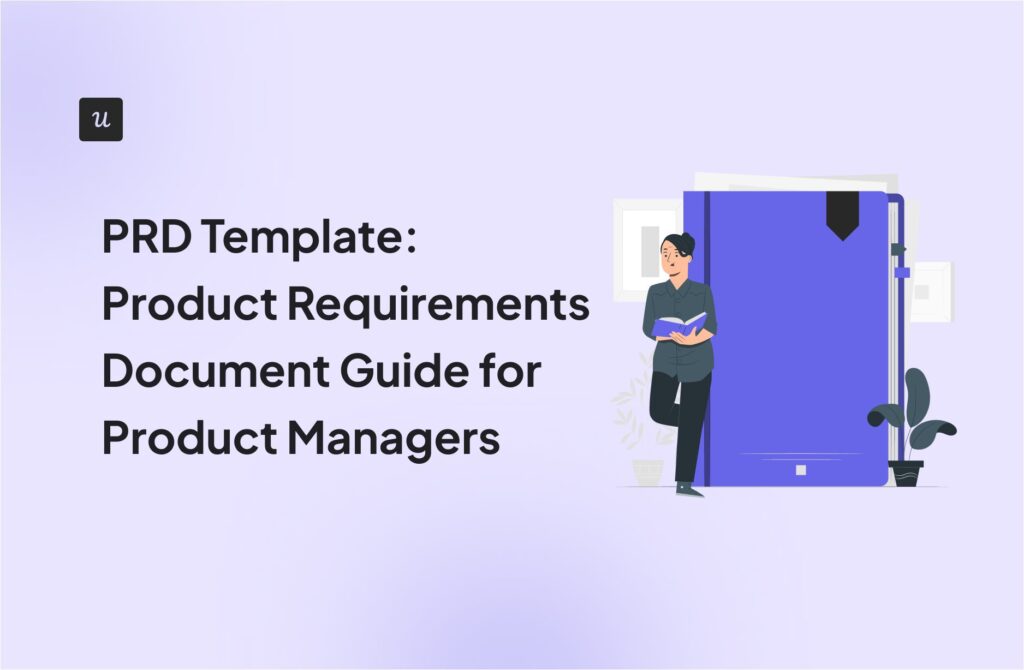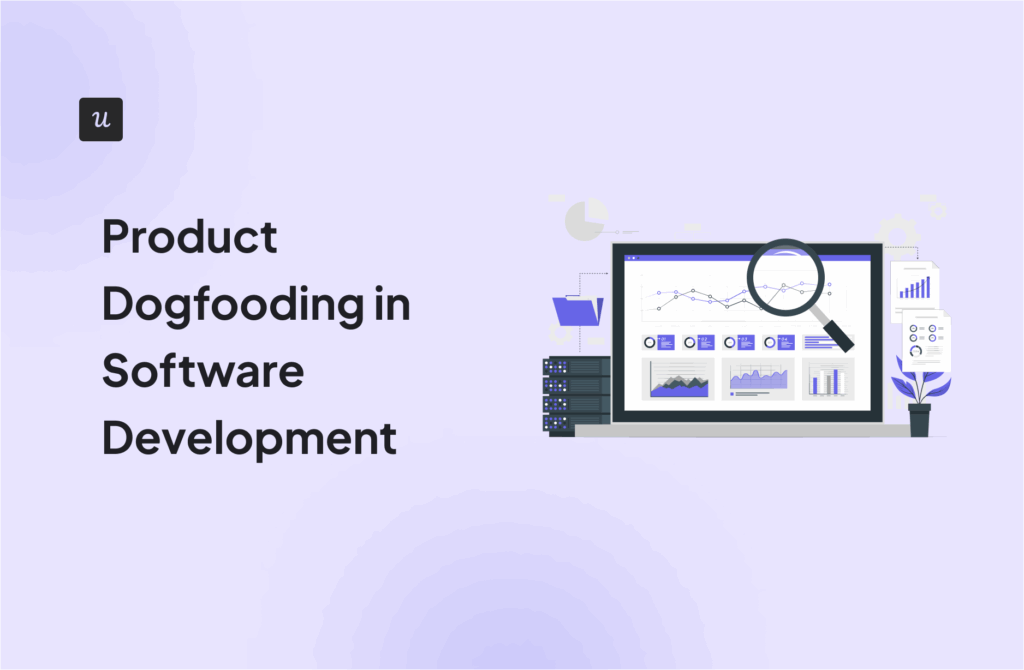
Love it or hate it – AI is here to stay. Like every product, AI-first products need a go-to-market (GTM) strategy.
Best-selling author and go-to-market veteran Maja Voje has helped hundreds of companies, from big tech (e.g. Google) to small startups, to build and grow successful brands.
In the just-concluded Product Drive Summit, she explores the intricacies of building and marketing AI-first products, from identifying your ideal customer to crafting a compelling value proposition.
What’s the biggest challenge in your go-to-market strategy for AI products right now?
Try Userpilot Now
See Why 1,000+ Teams Choose Userpilot

A brief overview of the AI landscape and key challenges
Artificial Intelligence (AI) is far from a new concept. In fact, it’s been around since the 1950s (or earlier, depending on who you ask). Since the ChatGPT-induced revolution, however, thousands of AI-first consumer products have been released into the market.
The reason is simple – this iteration of AI development is super accessible and enticing because you don’t need to know how to code. You only need to write a prompt and experiment your way into a new product.
Unfortunately, AI product development isn’t without its challenges… A low barrier to entry means there’s lots of competition for every market space. But that’s only scratching the surface.
As Maja Voje notes, most “top layer” AI applications are built on foundational applications and models powered by big players like OpenAI, Anthropic, Google, etc. And, even these are powered by a handful of computing behemoths like Nvidia and AWS.

The result is a critical dependency problem that puts most of the profits and investments in the hands of a few companies, while most of the competition plays at the top layer.
With this in mind, careful management of your go-to-market strategy is crucial to your success as an AI-first product developer.
What is a GTM strategy in reality?
The go-to-market strategy is indeed a step-by-step plan that outlines how to bring a new product to its target market and drive its demand.
While this may sound like marketing or product launch, it is so much more.
According to Maja Voje, a GTM strategy includes target audience selection, market research, positioning, marketing channel selection, pricing, and more.
4 Principles to guide your AI product
Thankfully, as complex as it sounds, creating a GTM strategy can be fairly straightforward. Maja Voje proposes four guiding principles to follow when creating a GTM strategy for an AI-first product:
Proven ICP
Your Ideal Customer Profile (ICP) is your actual target market, the early majority that will take you across the chasm and move you from the go-to-market stage to the growth stage. – Maja Voje
You may already be familiar with terms like target market and user personas. If you’ve created any of these, you’re on the right track. However, as Maja Voje explains, you must do more than just brainstorm who to target, you need proof.
The ICP is essentially your empirically proven target market. These are the customers that the data identifies or supports as your target market.
Therefore, to define your ICP, you need data… Lots of it.
You can get this data by conducting interviews or surveys of your different customer segments. You can also get this data and validate your ICP using waitlists, prototyping (solution testing), marketing tests, and more.

If your product has already gained some traction in the past, though, Maja Voje believes you can reverse-engineer your most successful user.
She does this by ranking users based on their customer lifetime value (not activation, retention, or other metrics). What are these users’ common characteristics? What are their firmographic qualities?
Once you’ve identified these users, you can begin working to attract more customers that resemble their profile. You can even build a target list of companies matching their firmographic profile to pursue.
Differentiated positioning
Forget the hype, nobody really cares about AI.
Think of it this way, no one buys a product simply because it uses some form of AI – generative or not.
At the end of the day, users only care for value. How can they benefit from your product? What results should they expect from it? Why is your solution the best for their problems?
Maja Voje identifies three steps to follow when defining your positioning:
- Score your competition: First, you need to find out which products are compared to yours. Next, rank them based on how well they address your ICP’s needs and ambitions. Any need that hasn’t been properly addressed will make for a good hunting ground.
- Find your differentiator: What are your product’s strengths, and why should users buy from you? To answer this question, you must first map all your assets. Then, identify those that are qualifiers (industry-standard expectations) and differentiators (assets no one else has).
- Craft your value proposition: Choose a differentiated asset from step 2 and create a value proposition highlighting its achievements versus industry standards. Then, test this proposition with a few users to see if it resonates with them.

Pricing
If you’re developing an AI app, you will have real costs with “free users” beyond the marginal cost of web hosting services. – Maja Voje
Even if you get accepted for an inception program for AI models and get free credits to build, you’ll eventually have to start paying to use your AI model.
So, test your users’ willingness to pay as soon as possible.
If your users only love your product because it’s free, you will go broke quickly.
You can find your ideal price range by tracking the competition. Ask yourself…
- How are they priced?
- What value do they offer at those prices?
- Where does your product’s current value rank in that pricing spectrum?
GTM Motions
Maja Voje refers to GTM motions as predictable and scalable ways of getting customers into your product.
GTM motions are repeatable blueprints for going to market. For a small team just starting out, identifying your ideal GTM motion ensures you’re able to push your product over and over again.

Now, most small teams can’t handle more than 1-3 GTM motions, so it’s important you find your ideal motion quickly.
To do this, you’ll need to learn how customers search for solutions, identify the motions your competitors are already using, and analyze how your existing strengths and skills can help you stand out.

How to develop a GTM strategy for AI: A case study with Post Rewriter
Post Rewriter is an AI tool for creating viral LinkedIn posts created by Tim Berce. Trained on over 60,000 viral LinkedIn posts, it was designed to help copywriters create viral posts in much less time than normal.
As a passion project, Tim and Maja set a goal of reaching the first 1,000 users without spending a penny. This formed the base of their go-to-market strategy.
So, to get initial traction, Tim shared his tool with friends and offered free access to users on LinkedIn – in exchange for their feedback.
As the product gained traction, he noticed it had drawn in 4 main early customer profiles (ECPs). These will form the original target market during the product launch.
In preparation for the launch, Maja and Tim identified three free GTM motions – Facebook communities, Inbound + PLG Marketing, and Outbound marketing (LinkedIn DMs and outreach).

Following the launch, the plan is to reverse-engineer data on activated users in order to identify the product’s ICPs. There’s also a rough pricing structure in mind based on the product’s current standing, which will be tested out as more users adopt the product.
3 Things you should not mess up when you launch an AI app
You don’t need to spend so much to successfully launch an AI-first product. In fact, you can do it on a $0 budget like Tim and Maja. To do that, though, you must keep three things in mind:
- Never skip the beta phase: The first iteration of your product will suck. By bringing passionate and patient users into your beta phase, you can get feedback that’ll help you improve.
- AI is NOT a differentiator: As mentioned earlier, users don’t care how your product works, they care about the value it brings them. So, think about your product’s features, advantages, and benefits and craft your value prop based on those.
- Never forget AI costs: Indeed, AI has considerable costs that stack up as your product gains traction. So, avoid getting stuck in the free phase. Move quickly, test your users’ willingness to pay, make revisions if needed, and land your paying customers soon.
FAQs
What is a beachhead approach and when can it be useful?
The beachhead market segment is a section of your target market that you’ve purposely selected to attract first. It’s a narrow user segment with a high pain point, an urgency to react now, healthy growth potential, and a willingness to pay.
The beachhead approach is most useful when your product can serve a vast marketplace. By focusing your small resources on a narrow beachhead, you increase your chances of winning the market quickly.

How to sell your AI product?
Consider a four-step process to move your product from the ideation to the growth stage quickly:
- Build your MVP as soon as possible.
- Acquire passionate users as beta testers for your product and get their feedback.
- Refine your product based on the feedback and launch.
- Check your retention rate for signs of success (10-20% retention in a week is a good sign!).
- Get paying customers as soon as possible.







